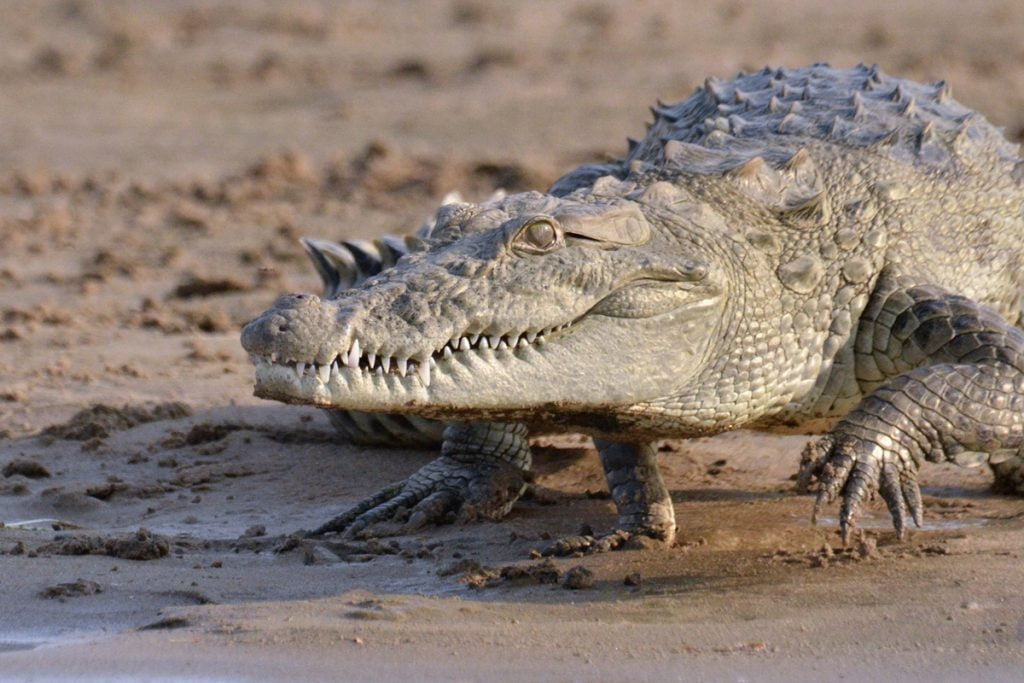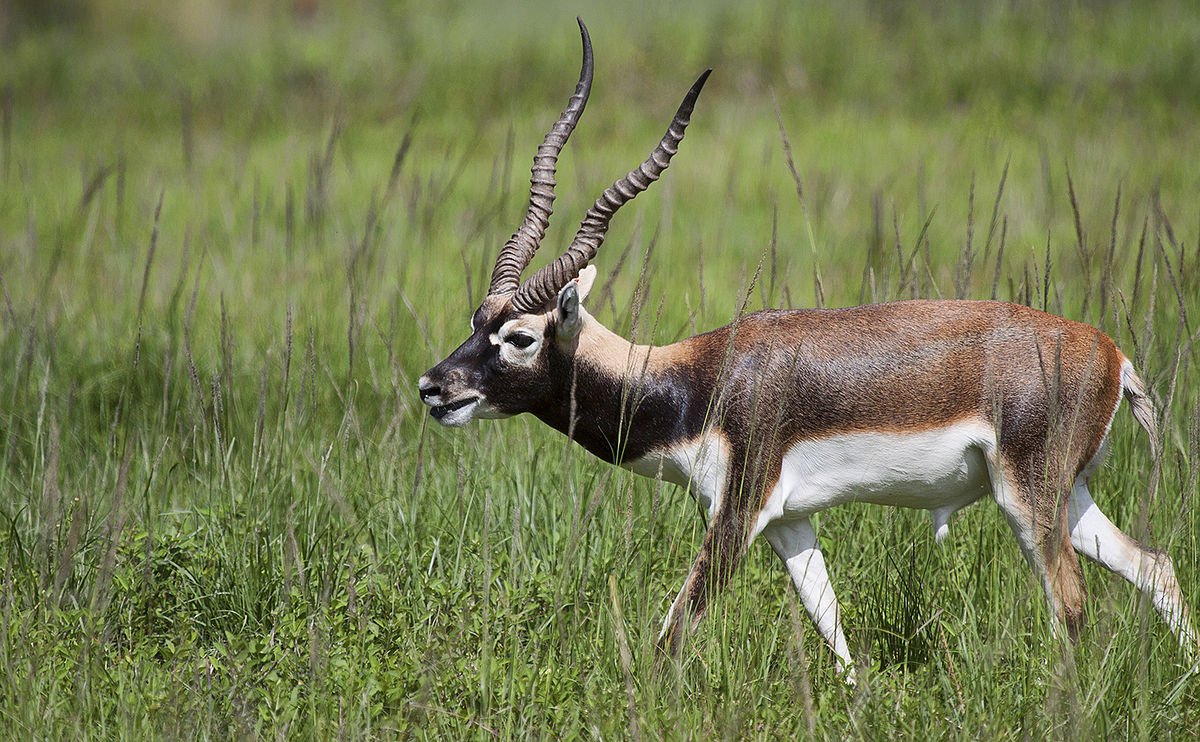Bardiya National Park, categorized IUCN II, stretched over the area of 968 square kilometers, buffer zone 327 square kilometers categorized IUCN VI, situated in Bardiya , Province 5, is the biggest one in the lowland plains of Nepal. It was initially set up for the purpose of preserving the representative ecosystem of the area and giving an organized and systematic protection to tigers’ habitat and their preys.
The history of the park reads that in the year 1976 a small area was recognized as Karnali Wildlife Reserve, and the residents of that area, that is the Babai valley, were settled elsewhere so as to flourish the vegetation and the wildlife over there. It was in the year 1982 that the Reserve was nomenclature Bardiya Wildlife Reserve and stretched into its present size in 1984, and was finally named Bardiya National Park in 1988. From Neighbouring Chitawan National Park, gigantic one-horned rhinos were taken to this park from time to time until 2002. The buffer zone is jointly protected and nourished by the park authority and local communities, who,in turn, get benefitted for their village development in terms of physical facilities and awareness programs.
Visitors can enjoy riding an elephant and feel delighted seeing graceful tigers, rhinos, dolphins, rare gharial crocodiles and marsh mugger in Karnali river, and birds of manifold species. You can also enjoy rafting in the rapid flow of the Karnali river. The Babai Valley that forms part of the Bardiya National Park contains deep forests that naturally are homes for bigger wild animals like tigers, elephants, leopards, one-horned rhinos, black bucks and swamp deer. etc; and birds like egrets, black-necked storks, cuckoos, peacocks, cranes, Bengal floricans, etc.
Population of the vicinity of the park is mainly composed of Tharu people, whose traditional and cultural handicrafts may prove a sweet memory of your visit over there.
The climate of the park manifests in three forms of seasons viz: winter , summer and monsoon. The weather remains dry from October through April, when days are warm and nights are coolly pleasant. the temperature begins to rise from late April and reaches its peak with almost 45 degree centigrade by the end of May. Months of July and September are characterized with heavy rainfall.
You can get to the park by bus, or fly from Kathmandu or other domestic airport to your access to Nepalgunj, from where you can hire a taxi or go to the headquarters of the park by means of public bus service. Though there is a health post at Thakurdwara, it may be a good idea to be self-sufficed with first-aid kit and other common medicine. There are hotels, which offer you food and shelter.
-Article written by: Bedu Khatiwoda for Land Nepal


